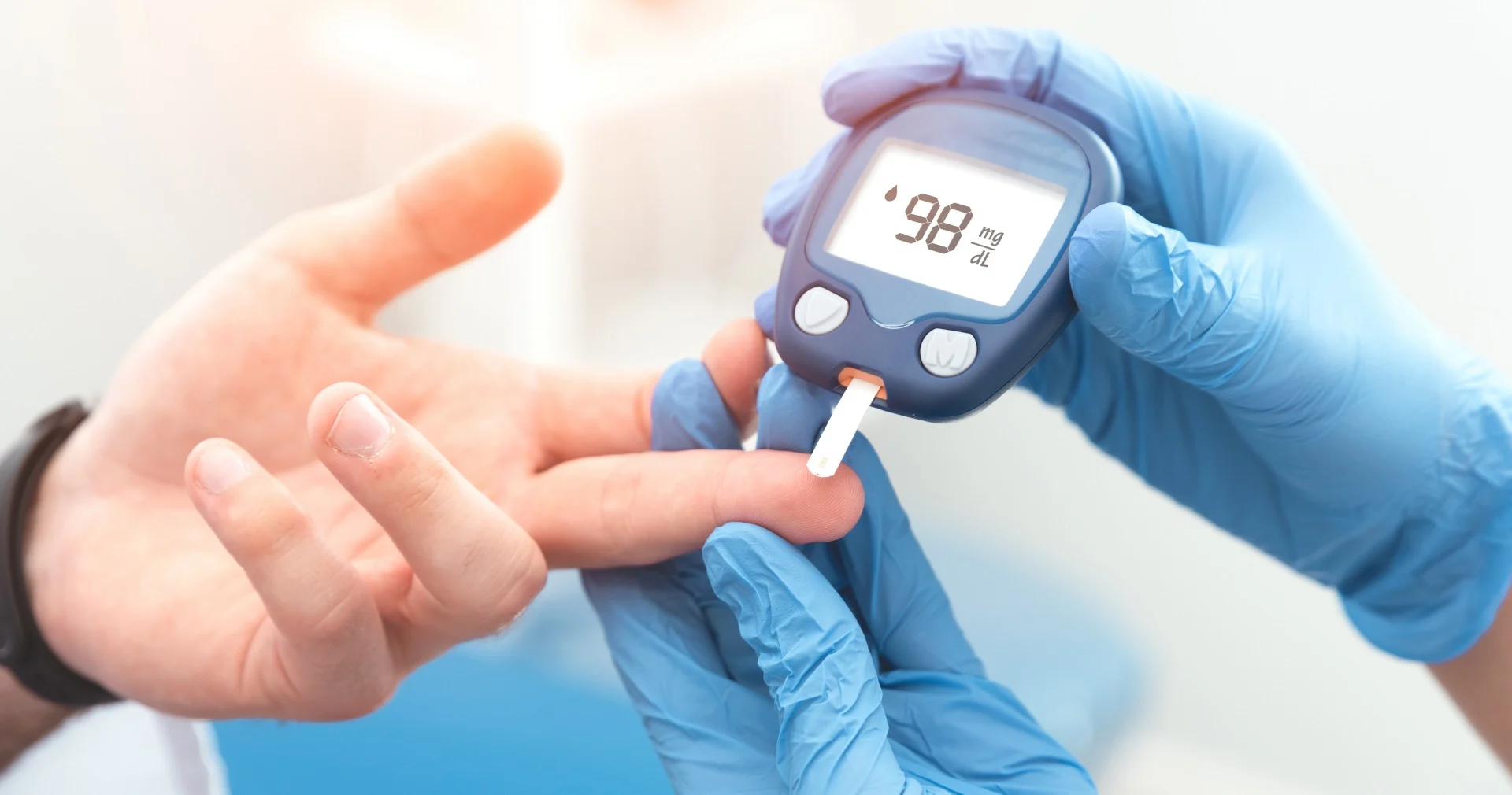Diabetes is not just a metabolic disorder—it is a lifelong condition that can quietly affect multiple organs, including the eyes. With rising cases of diabetes in India, the threat of vision loss due to diabetic complications has become a major public health concern. This year’s theme, “Diabetes and Well-being,” reminds us that managing diabetes goes beyond controlling blood sugar; it also means protecting one’s overall health and quality of life, including vision.
How Diabetes Affects the Eyes
High blood sugar over time can damage the tiny blood vessels in the retina—the light-sensitive layer at the back of the eye—leading to a condition known as Diabetic Retinopathy. Initially, there may be no symptoms, which is why regular eye examinations are crucial. If left untreated, it can progress to severe vision loss or even blindness.
In addition to retinopathy, people with diabetes are more prone to developing cataract at an earlier age and have a higher risk of glaucoma, a condition that damages the optic nerve due to increased eye pressure. Fluctuating vision, blurry eyesight, or difficulty in reading can sometimes be early signs of uncontrolled diabetes affecting the lens of the eye.
Recognizing the Warning Signs
While diabetic eye disease often develops silently, a few symptoms should never be ignored:
Blurred or fluctuating vision
Dark or empty areas in the field of vision
Difficulty distinguishing colours
Sudden vision loss in one or both eyes
If any of these occur, immediate medical attention is needed. Early diagnosis through a simple, painless eye examination can prevent irreversible damage.
Preventive Measures and Lifestyle Choices
The foundation of good eye health in diabetics lies in strict blood sugar control. Keeping blood pressure and cholesterol levels within normal limits further reduces the risk of eye complications. Regular exercise, a balanced diet rich in fruits and vegetables, avoiding smoking, and maintaining a healthy body weight contribute significantly to overall well-being.
Equally important is scheduling annual comprehensive eye check-ups with dilated retinal examination, even if no vision problems are apparent. In many cases, early changes in the retina can be detected and treated before vision loss occurs.
Modern Treatment Options
Advances in ophthalmology have transformed the way diabetic eye diseases are managed. Depending on the stage and severity, several treatments are available:
Laser Photocoagulation: Helps seal leaking blood vessels and prevent further damage.
Intravitreal Injections: Medications such as anti-VEGF drugs effectively reduce retinal swelling and bleeding.
Vitrectomy Surgery: Recommended in advanced cases to remove blood or scar tissue from the eye and restore vision.
When diagnosed and treated early, these interventions can preserve sight and maintain a good quality of life.
The Path to Well-being
Good diabetes management is not just about numbers on a glucose meter—it’s about preserving the ability to live independently, enjoy daily activities, and maintain confidence and dignity. Eye health is an integral part of overall well-being.
As we observe this year’s theme, “Diabetes and Well-being,” it is important to remember that timely eye check-ups, healthy living, and awareness are the three pillars of vision protection. With vigilance, care, and medical guidance, people living with diabetes can continue to see the world clearly—and live life fully.
The writer is Chairman & Managing Director, Centre for Sight Group of Eye Hospitals



